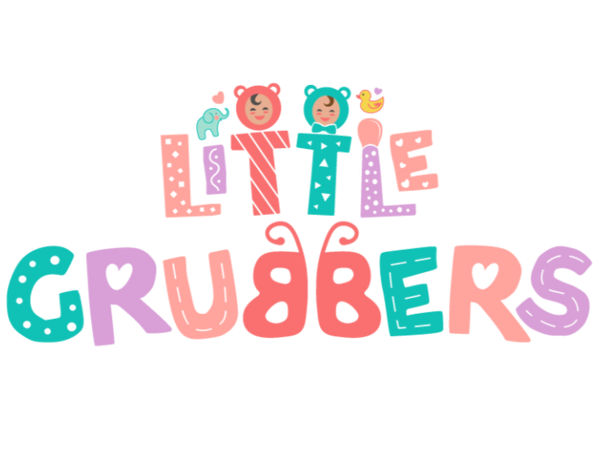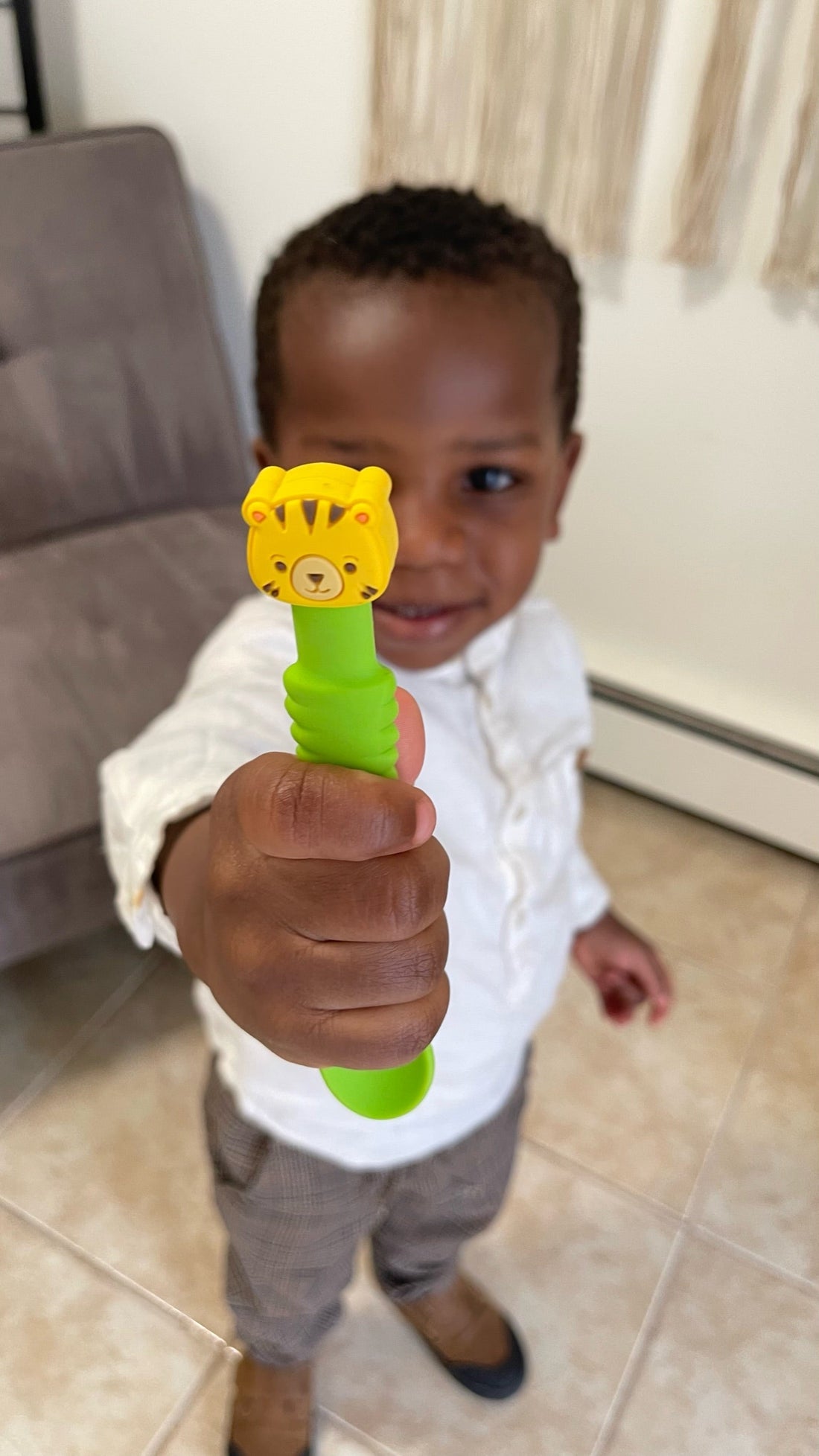Why the Right Baby Spoon Matters
Feeding time is a big milestone in your baby’s journey, and the tools you choose can make a world of difference. The right baby spoon not only simplifies mealtime but also encourages your little one to explore self-feeding. With so many options on the market, how do you find the best baby spoon for your child?
In this guide, we’ll walk you through the essential features of the perfect baby spoon, why it matters for your baby’s development, and how Little Grubbers’ 3-in-1 Baby Spoon™ stands out.
1. Safety First: Baby-Friendly Materials
The first thing to consider when choosing a baby spoon is safety. Look for:
-
Non-Toxic Materials: Ensure the spoon is BPA-free and made from food-grade silicone or other safe materials.
-
Smooth Edges: Babies have sensitive gums, so spoons with rounded, soft edges are ideal.
-
Durability: A good baby spoon can withstand teething and everyday wear.
Pro Tip: Always double-check for safety certifications when purchasing feeding tools.

2. Size and Shape Matter
The best baby spoons are designed with little hands and mouths in mind:
-
Handle Length: Short, ergonomic handles are easier for babies to grip and control.
-
Bowl Size: A shallow spoon bowl prevents overloading and reduces messes.
The right size and shape can make a huge difference in helping your baby feel confident during self-feeding.

3. Easy to Clean
Let’s face it: mealtime can get messy! A baby spoon that’s easy to clean will save you time and energy.
-
Dishwasher Safe: Look for spoons that can be safely cleaned in the dishwasher.
-
One-Piece Design: Avoid spoons with crevices where food can get stuck.
The 3-in-1 Baby Spoon™ by Little Grubbers is a great example of a hassle-free option that busy moms will appreciate.
4. Promotes Developmental Milestones
Feeding time isn’t just about food—it’s also a chance for your baby to develop key skills. The right spoon can help with:
-
Hand-Eye Coordination: Ergonomic designs make it easier for babies to practice scooping and aiming.
-
Fine Motor Skills: Lightweight spoons encourage small movements that build muscle control.
-
Teething Relief: Some spoons double as teething tools, offering comfort during meals.
Pro Tip: Introduce a spoon as soon as your baby shows interest in feeding themselves, typically around six months old.

5. Versatility for All Stages
A versatile spoon grows with your baby, transitioning seamlessly from early purees to finger foods. Look for spoons that:
-
Work for multiple feeding stages.
-
Offer dual-purpose features, like a teething-friendly handle.
-
Are durable enough to last through your baby’s development.
The 3-in-1 Baby Spoon™ is specifically designed to meet these needs, making it a go-to option for parents.
6. The Role of Aesthetics
While functionality is key, aesthetics matter too! Bright, cheerful colors and playful designs can:
-
Capture your baby’s attention.
-
Make feeding time feel like an adventure.
-
Encourage engagement with food.
The 3-in-1 Baby Spoon™ combines vibrant colors with thoughtful design, making it both practical and fun.

Finding the Best Baby Spoon
Choosing the perfect baby spoon is about more than just convenience—it’s about setting your baby up for success as they navigate the exciting world of self-feeding. By focusing on safety, functionality, and versatility, you’ll find a tool that makes mealtime enjoyable for both you and your little one.
Ready to upgrade your baby’s feeding experience? Check out Little Grubbers’ 3-in-1 Baby Spoon™—designed to grow with your baby and make every bite count. Order yours today and see the difference it makes!

